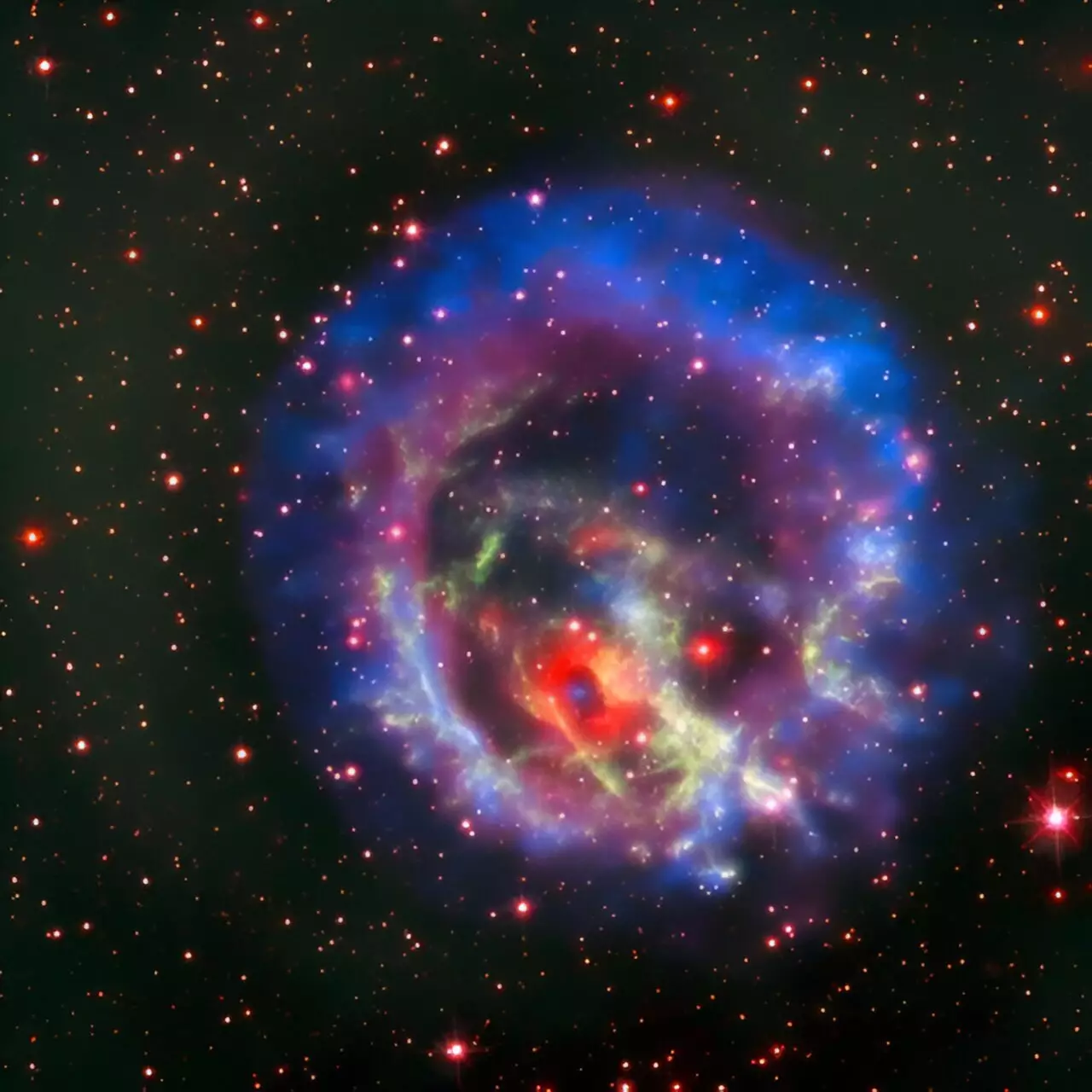In the quest to understand the very origins of our universe, scientists are pushing the boundaries of experimental physics. Recent initiatives to recreate conditions similar to those present in the early universe are paving the way for groundbreaking discoveries. Specifically, heavy-ion collision experiments are at the forefront of this research, and theoretical analyses suggest these may also generate unprecedented electromagnetic fields. Understanding such phenomena is crucial for understanding not just the universe’s inception, but also the fundamental laws governing matter itself.
The Standard Model of particle physics posits that under extreme conditions, such as those found shortly after the Big Bang or in the cores of neutron stars, matter undergoes a significant transformation. At exceedingly high temperatures and densities, it is theorized that matter breaks down into a soup of quarks and gluons. These subatomic particles, which are usually bound within protons and neutrons, may roam freely under such conditions, thereby creating a state of plasma that exhibits unique properties. However, direct experimental evidence to confirm this theoretical framework remains elusive, making it imperative for physicists to pursue more intense and focused experiments.
Historically, heavy-ion collisions have favored approaches that prioritize high-energy outputs to achieve elevated temperatures. However, recent endeavors have begun to shift toward intermediate energies, which allow for the generation of high-density plasma more effectively. This change is not just incremental but essential in grasping the intricate conditions that prevailed during the universe’s earliest moments, as well as phenomena within astrophysical objects such as supernovae. The exploration of these densities could illuminate our understanding of fundamental forces and interactions at play in the universe.
Hidetoshi Taya, a physicist at the RIKEN Interdisciplinary Theoretical and Mathematical Sciences Program, has identified another layer of intrigue within these collision experiments. His analyses suggest that the collisional dynamics may not only produce the anticipated plasma but could also result in the generation of extraordinarily strong electromagnetic fields—far stronger than those previously attainable through existing technologies like intense lasers. This aspect introduces a novel avenue for inquiry, where the laws of physics could reveal phenomena that were heretofore considered unattainable.
To put the potential of these newly proposed electromagnetic fields into perspective, note that an intense laser beam is likened to the output of a hundred trillion ordinary LEDs. Yet, even these formidable lasers fall short of the theoretical thresholds necessary for probing various intricate effects in strong-field physics. The tantalizing possibility presented by Taya and his collaborators is that these ultra-strong fields could be formed as a spin-off from intermediate energy heavy-ion collisions, fundamentally altering how physicists approach these experiments.
While the theoretical framework laid out in the analysis is compelling, it’s essential to recognize the tangible challenges that lie ahead. Directly measuring the generated electromagnetic fields in collision experiments remains prohibitive; physicists will be limited to examining the particles produced from the collisions themselves. The difficulty lies in establishing a clear relationship between these observable particles and the predicted field phenomena. “To really test our predictions, it’s crucial to understand how the strong electromagnetic fields affect the observable particles,” Taya emphasizes, highlighting the complexity of this endeavor.
As the exploration of ultrahigh density plasmas unfolds, the scientific community stands at the precipice of potentially transformative discoveries. The efforts to recreate the early universe and investigate the properties of quarks and gluons will not only enhance our understanding of fundamental physics but may also bring to light entirely new physical phenomena driven by intense electromagnetic fields. The implications are profound—not just for our understanding of the cosmos, but also for the foundations of physics itself, inviting researchers to increasingly innovative experiments and interpretations.


Leave a Reply